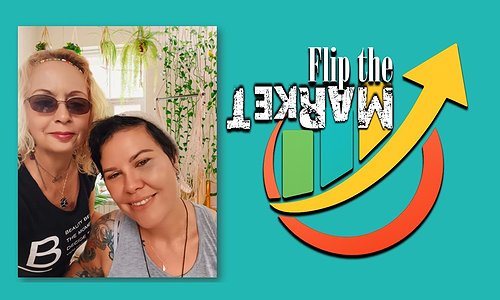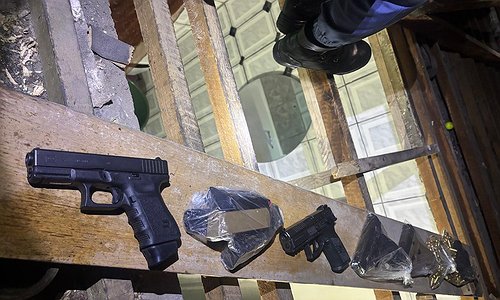Starlink vs SKA: Satellite internet sparks debate over radio astronomy in the Karoo

The expansion of satellite internet constellations like Starlink is igniting fresh concern among South Africa’s scientific community, particularly those safeguarding the Square Kilometre Array (SKA) and its associated MeerKAT radio telescope array.
The Karoo’s so-called “radio quiet zone”, a specially designated region where radio-frequency interference is strictly limited, has long been vital to deep space observation. Its isolation and low population density made it the ideal site for one of the world’s most ambitious astronomy projects. However, the rising proliferation of low Earth orbit (LEO) satellites is now threatening to disturb the very silence the SKA depends on.
A clash between science and connectivity
As the world turns toward satellite-based broadband for rural and underserved areas, Starlink’s promise of high-speed, low-latency internet in remote regions has gained considerable traction. In South Africa, where connectivity in rural areas remains patchy at best, Starlink’s entry has been welcomed by many living on farms or in isolated towns like Williston and Loxton.
However, the rapid deployment of thousands of LEO satellites, each beaming down data using radio frequencies, is raising the alarm among astronomers. These signals can interfere with sensitive radio telescopes, even if unintended, undermining the integrity of data collected from deep space.
The protected zone under pressure
The Astronomy Geographic Advantage Act, which came into effect to secure the Karoo's potential for world-class radio astronomy, established three levels of protection: the core area around the SKA site near Carnarvon, a central area extending to nearby settlements, and a broader coordination zone.
Within the core and central zones, radio transmission is tightly regulated, and certain equipment (like mobile towers or microwave links) are prohibited without a permit.
But the legislation predates the current wave of satellite constellations. Starlink’s signals come from above, rendering ground-based protections insufficient. While local residents cannot legally build a WiFi tower within 30 km of the SKA core, satellites thousands of kilometres away in orbit are not similarly restricted.
In April, the Independent Communications Authority of South Africa (ICASA) launched a public consultation on its draft National Radio Frequency Plan 2025, inviting comment on how radio spectrum should be allocated and regulated.
While discussions are ongoing, no final decision has been made. The National Research Foundation, through SARAO, has engaged with ICASA to highlight concerns about satellite interference affecting the Karoo’s protected radio astronomy zone.
Tensions in local communities
Among some farmers there is growing tension between the promise of fast, reliable internet and the pressure to preserve the SKA’s capabilities. While many residents support the observatory’s presence for the jobs and infrastructure it has brought, they also point to the need for modern communication tools to run farms, manage logistics, and keep children connected to remote learning.
This trade-off reflects a larger global debate: how to balance technological advancement and connectivity with the pursuit of long-term scientific discovery.
Unlike other forms of environmental degradation, radio-frequency interference is invisible, making the loss of signal clarity harder to quantify for those outside the field.
Looking for coexistence
For now, SARAO and SKA Observatory officials are calling for better cooperation with satellite operators. International agreements are being explored that would ask companies like Starlink to temporarily reduce transmissions when passing over sensitive radio astronomy sites.
Some mitigation measures, such as geofencing, have already been introduced in regions like Chile’s Atacama Desert.
Whether similar compromises can be reached in the Karoo radio astronomy reserve remains to be seen. For now, the skies above Carnarvon, once an unbroken conduit to the cosmos, are becoming more crowded.




